
Whether you’re a believer or not, an agreed concept of what extra-terrestrial life looks like is deeply embedded in the popular psyche. Thanks to the proliferation of instant cult classics like E.T., The X-Flies and Close Encounters of a Third Kind, generations of teenagers grew up feeling like they would recognize an alien if they saw one walking – or hovering — down the street.
Photographer Manfredi Pantanella was one such subscriber. “Since I was a kid I have always looked at the sky and to the stars, imagining inhabitants of other planets,” he tells TIME. But while he happily consumed all the sci-fi films the 1980s and ‘90s had to offer, he noticed that it was the spaceships and their inhabitants that were the protagonists, rather than the earthlings who bore witness. Now, Pantanella puts the believers – or ‘sky-watchers’ — at the center of the story, in his new project C.Y.K.A.S / Can You Keep a Secret.
“What I wanted to understand was where this need to search for something else came from,” says Pantanella. In the photographer’s home country of Italy, there is a growing tribe of ‘Ufologists’ whose belief in extra-terrestrial life is tantamount to religious certitude. The Centro Ufologico Nazionale (Italian National Ufology Centre) was established in 1967 and since 1972 there have been 445 sightings of UFOs recorded by the Italian Air Military.
Pantanella started the project two years ago. While it began with a visual focus, he was quickly motivated to take a deeper dive into his subjects’ stories through a number of interviews. “The research let me understand that for a lot of these ‘official’ witnesses, their encounters with aliens had been proper traumas,” he says. “I wanted to understand what drove those people to risk their social status for a belief, or for an experience, which was often very personal and intimate.”
During this process, Pantanella became deeply embedded in the ‘Ufologic’ community in Italy. One sky-watcher he spoke to, Maurizio C., claimed to have been abducted several times between 1979 and 1981 by the inhabitants of Clarion. He told Pantanella: “I received several telepathic inputs, suggesting [I] visit a specific place in the Piemonte’s country side. Once there, I suddenly felt the presence of invisible beings and a dense fog surrounded me… I was then brought to Clarion, one of the many planets forming the Galaxies Confederation, where neither hierarchies nor castes exist.”
Maurizio is by no means alone. Another subject, Antonio V. says aliens brought him aboard a spaceship in 1988 and treated his hepatitis, which he had suffered with for years. He has also met an alien entity, with whom he had a deep friendship and taught him “telepathy and several notions of the cosmos.” Antonio U., meanwhile, a sky-watcher, told Pantanella: “A global contact is expected very soon, but no one knows the exact date and time, undoubtedly this event will change forever any human concept, destroying any ideology, religion and politics as well as any form of fanaticism…”
The sky-watchers whom Pantanella interviewed and photographed varied from civil servants and journalists to researchers, artists or retirees, all connected by a “firm belief.” And despite their disparate backgrounds, the Ufology movement in Italy is a close-knit one, now further enlivened by the use of smartphones and social media. But ufologists are still met with disbelief, often condemnation, from friends and family.
“Many of them have lived their experiences with UFOs in a deeply traumatic way,” says Pantanella. “Not only because of the experience but also because of the reactions of their relatives and friends. They are often turned away, deepening their social uneasiness.” One subject, Fortunato Z., who claims to have been abducted several times since 1978, lost his job and his family after sharing his story. Circumstances like this are what propelled Pantanella to call the project “Can You Keep a Secret.”
The idea of extra-terrestrial life has been more prominent in mainstream media recently, following NASA’s discovery of a solar system with “seven Earth-like exoplanets” in February. At lease three of the seven planets represent the “holy grail for planet-hunting astronomers”. But rather than bolstering the Ufology community, the NASA announcement was met with skepticism and discontent. “They are convinced that what NASA said is not even a thousandth of what the governments and NASA really know (and have known for a long time),” says Pantanella.
But through the fog of political obfuscation and familial upset, Pantanella wanted to focus on the daily lives of these ufologists by wrapping them in stars. “Since the beginning I found my subjects to have a knowledge and passion for the planets and constellations, a deep and strong relationship with the Cosmo. That’s how I got the idea of immersing them in the universe,” he explains.
The result is a captivating and – appropriately – cinematic series of images, which offers insight into a group of people who have long been misunderstood.
Manfredi Pantanella is an Italian photojournalist currently based in Rome. Follow him on Instagram.
Paul Moakley, who edited this photo-essay, is the deputy director of photography and visual enterprise at TIME. Follow him on Twitter @paulmoakley.
Alexandra Genova is a writer and contributor for TIME LightBox. Follow her on Twitter and Instagram.
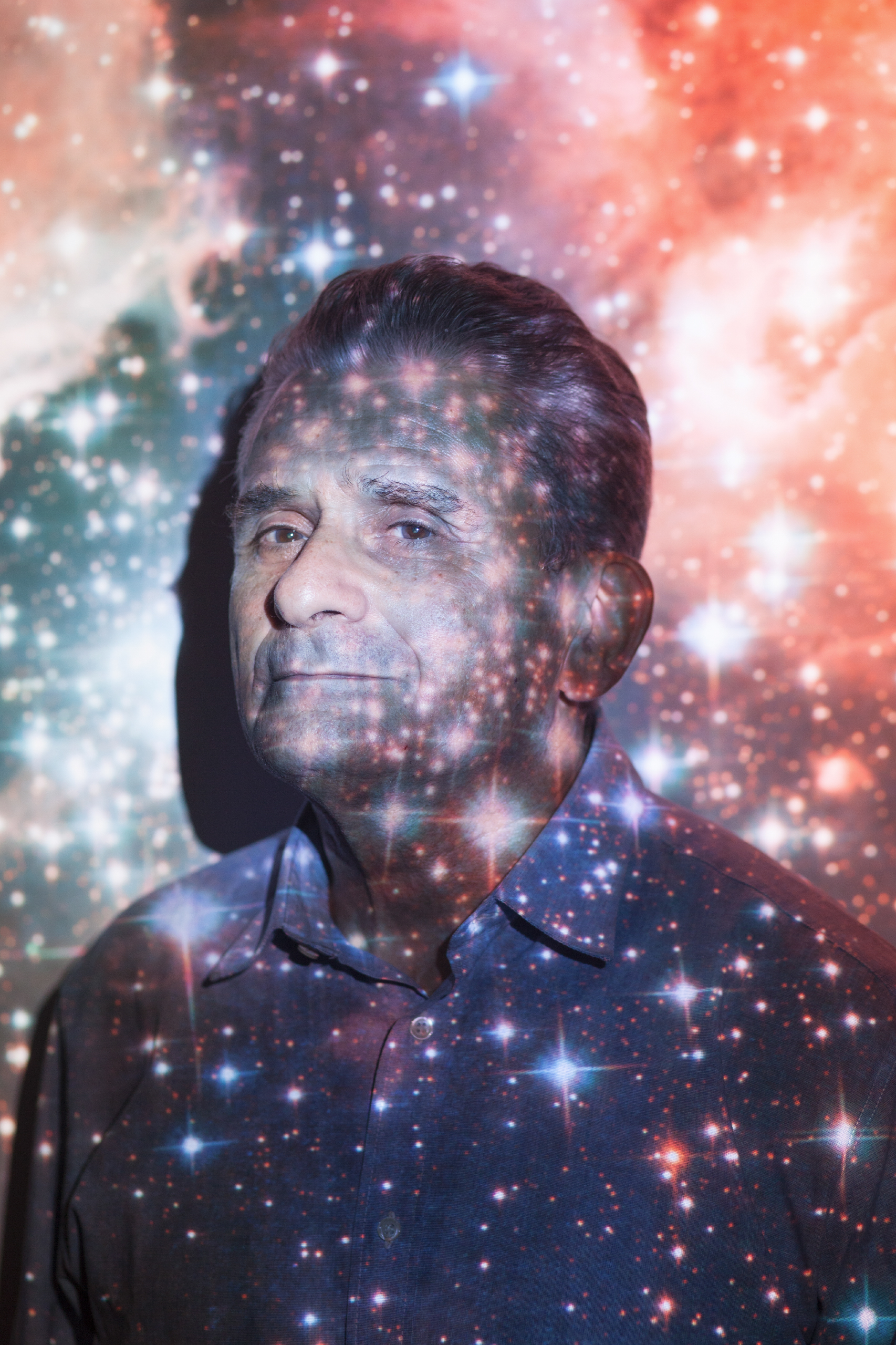

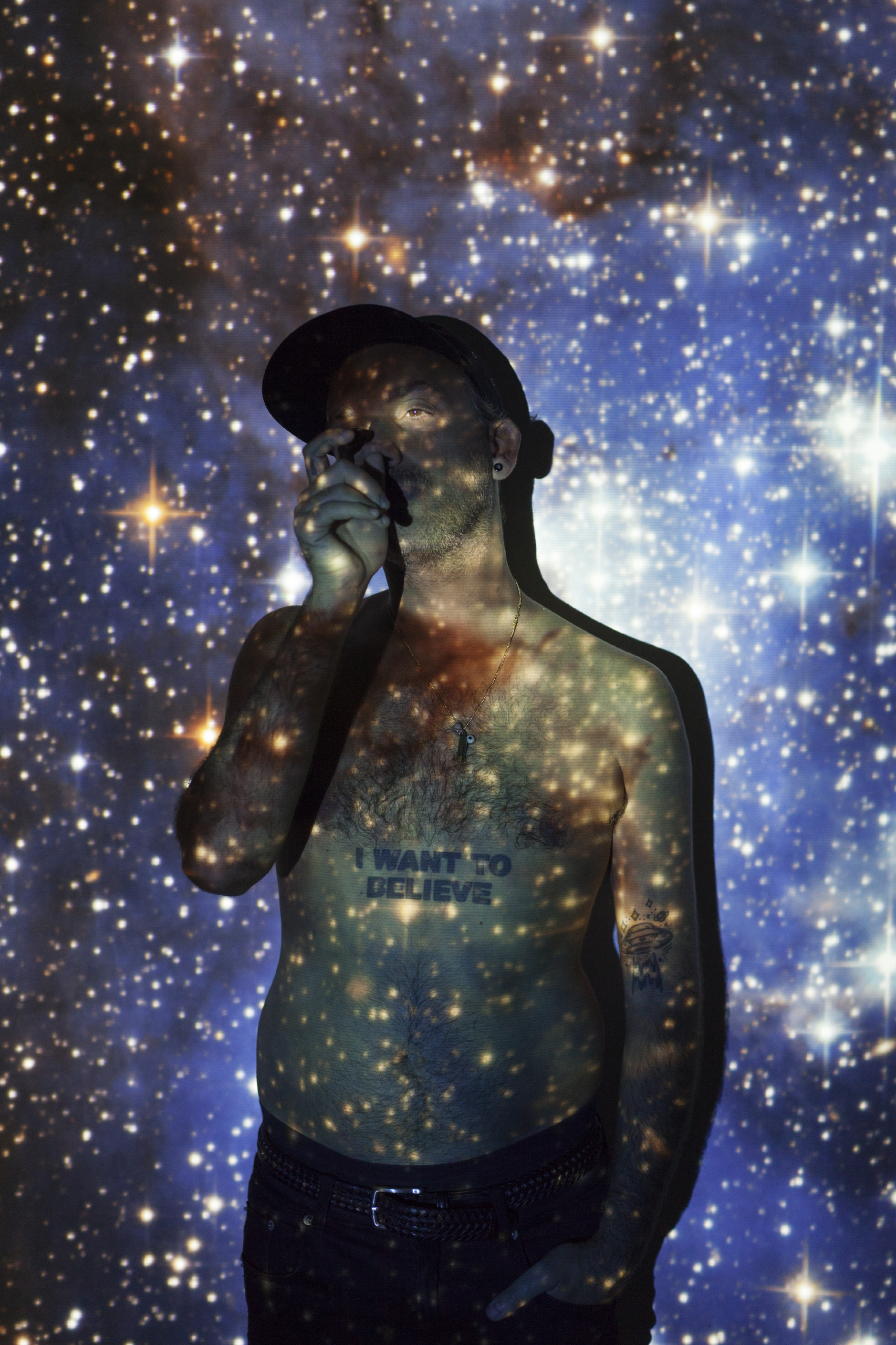
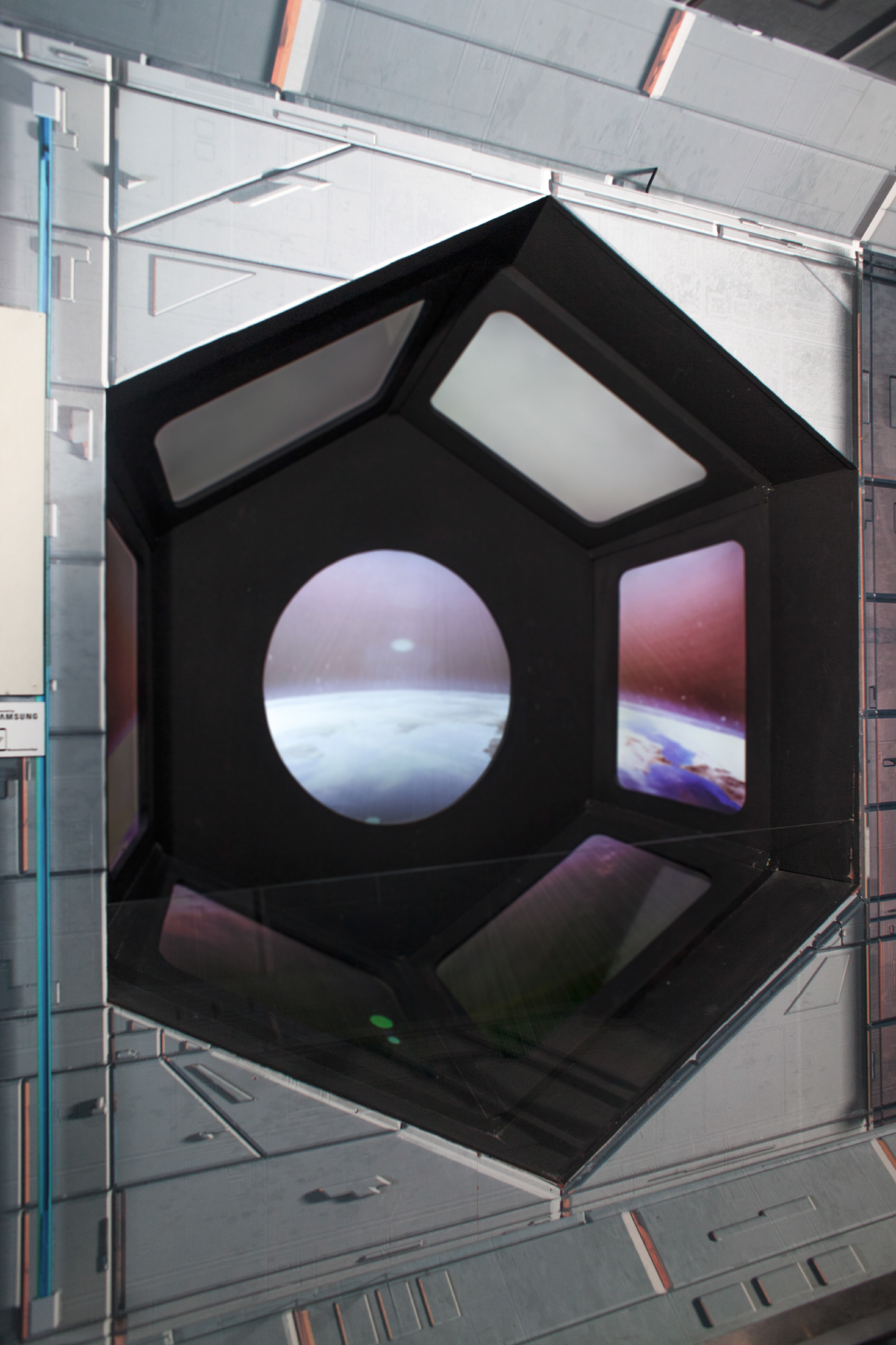
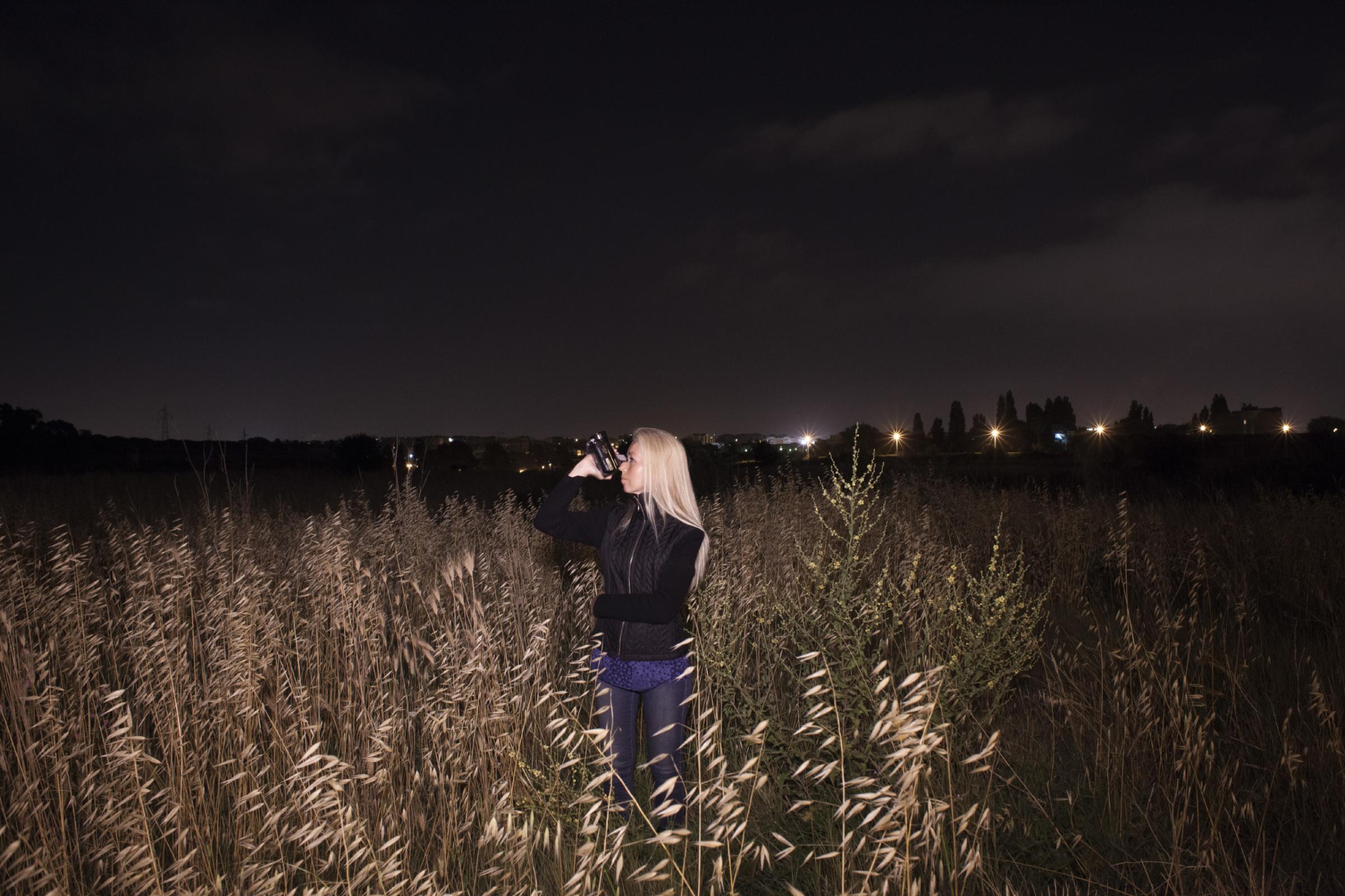

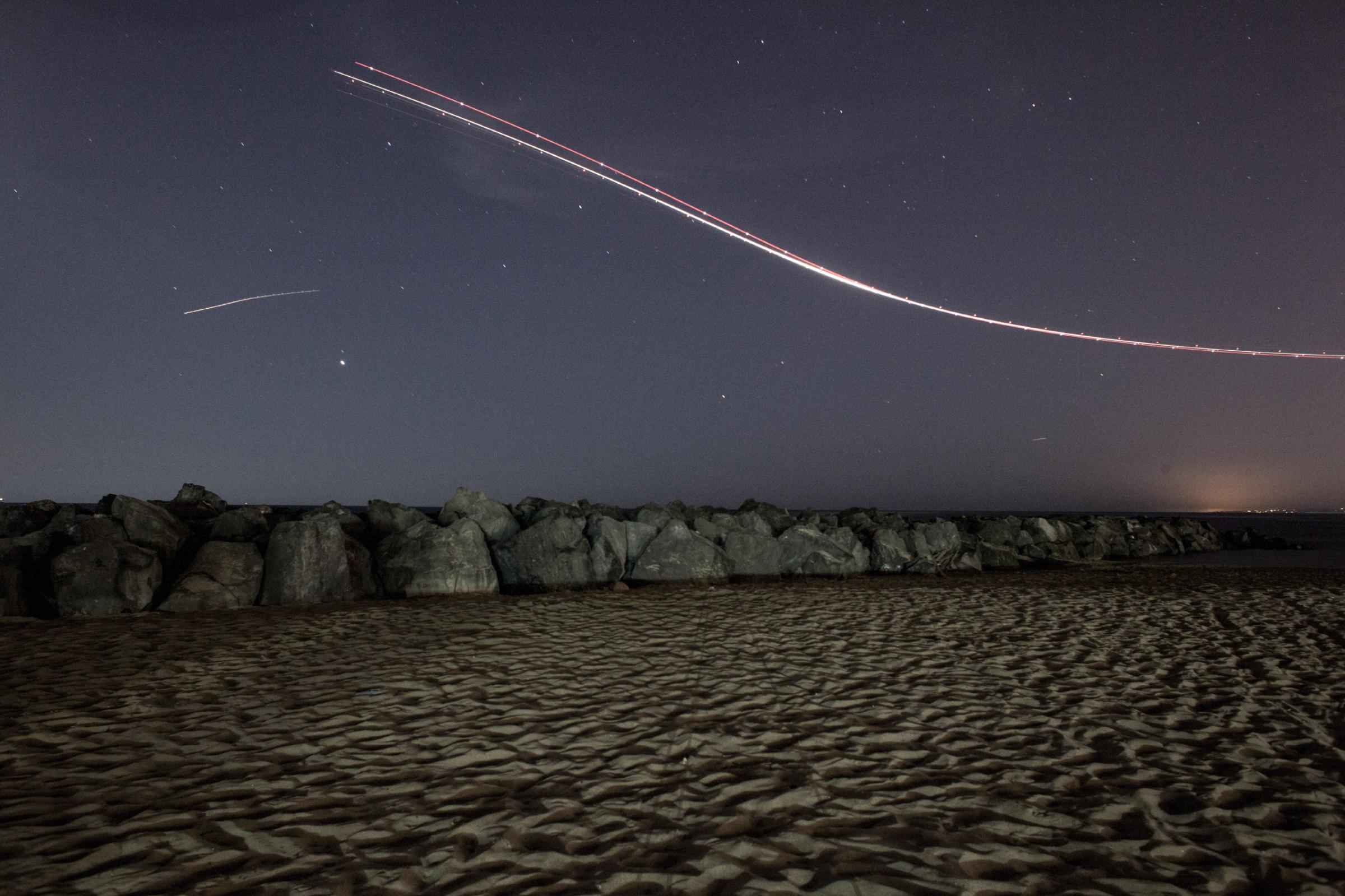
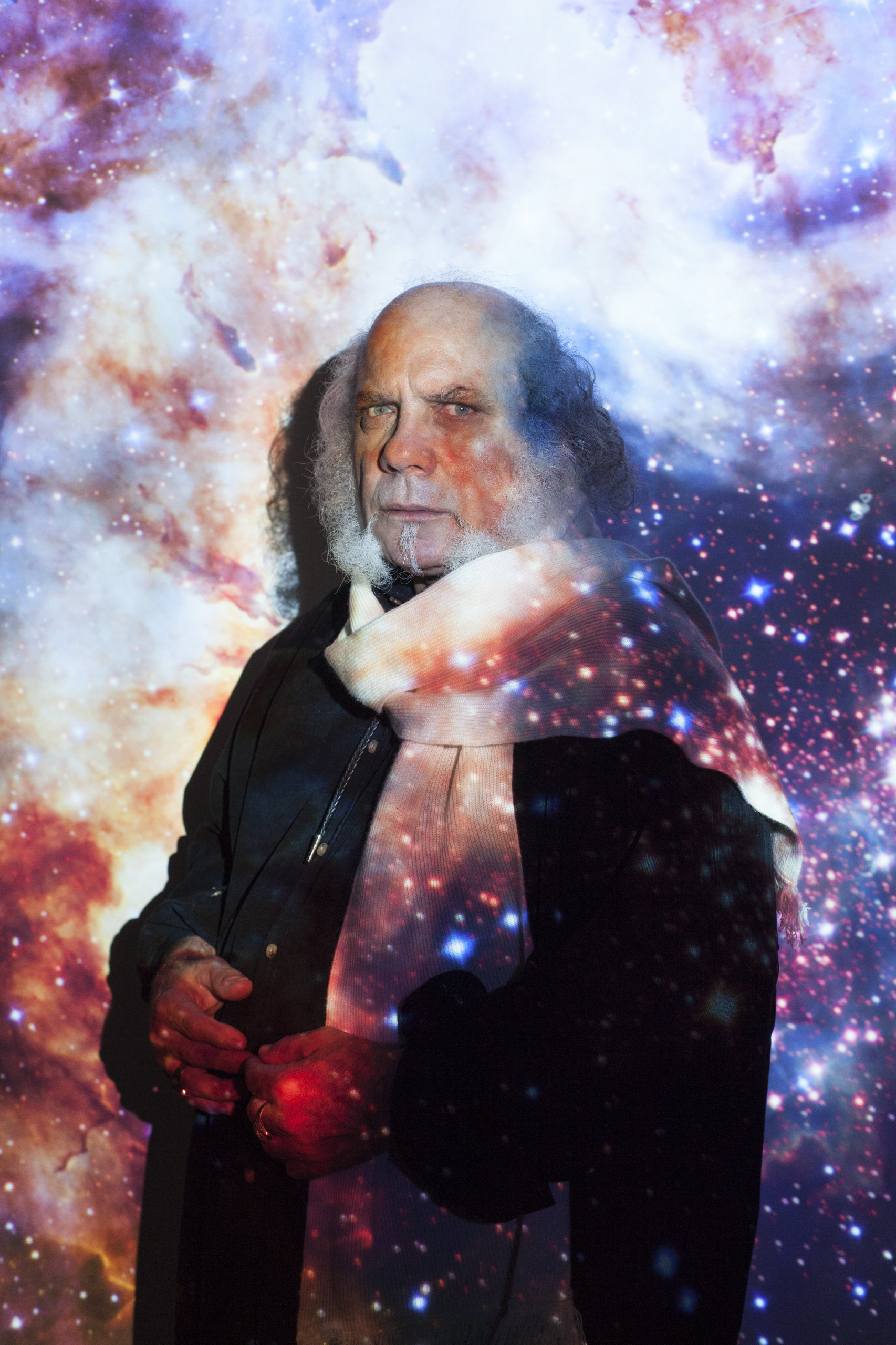


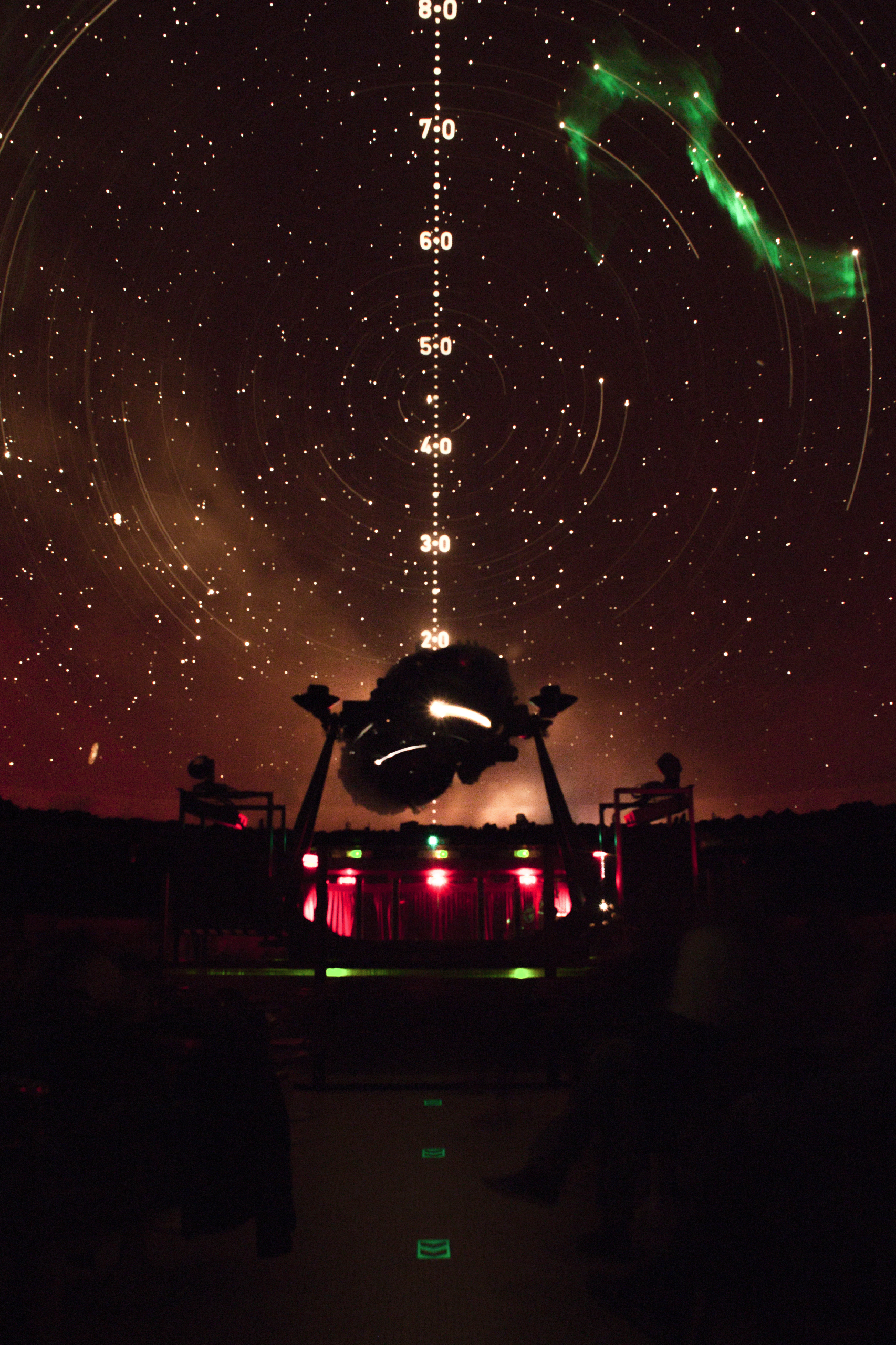
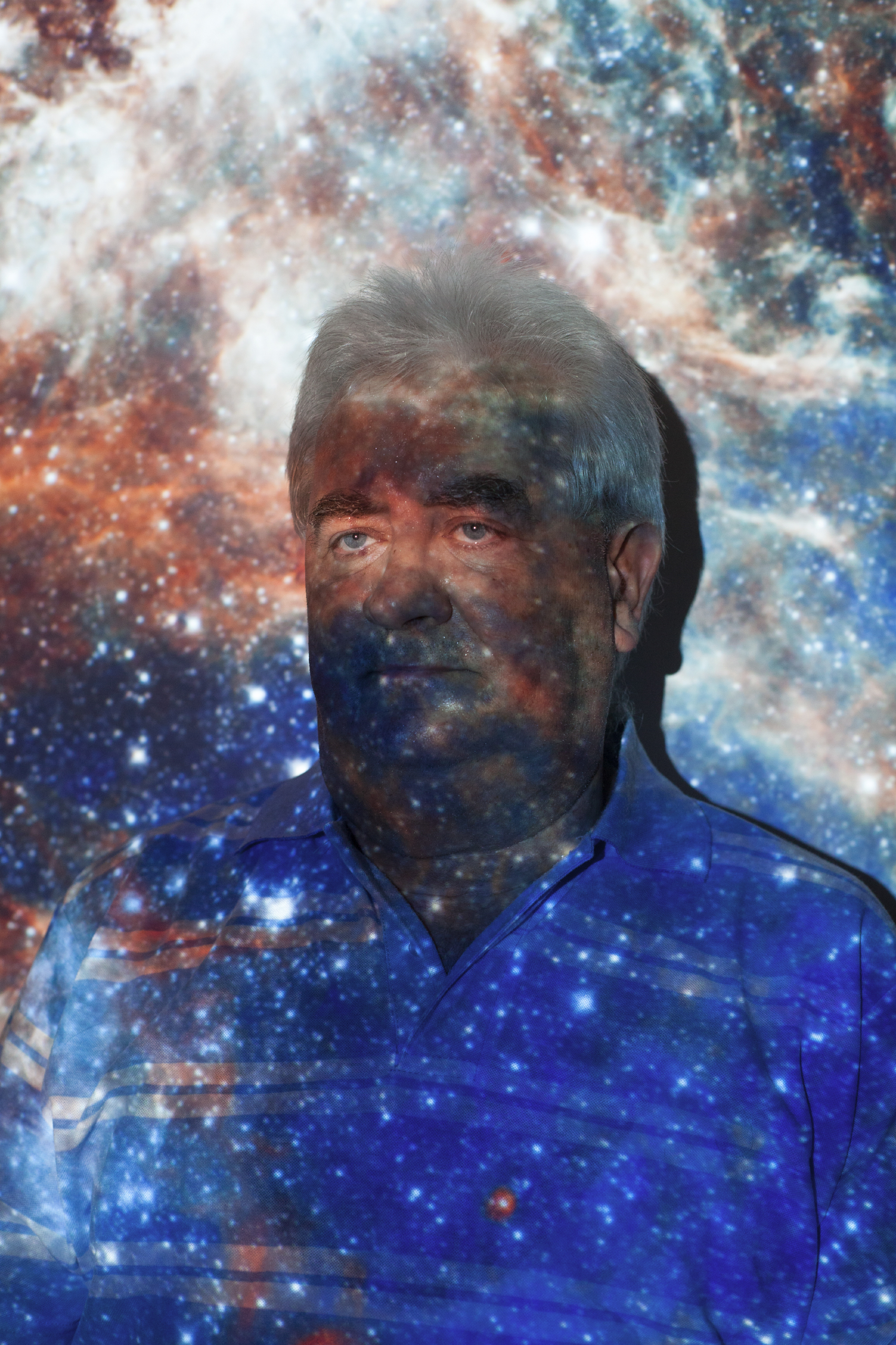
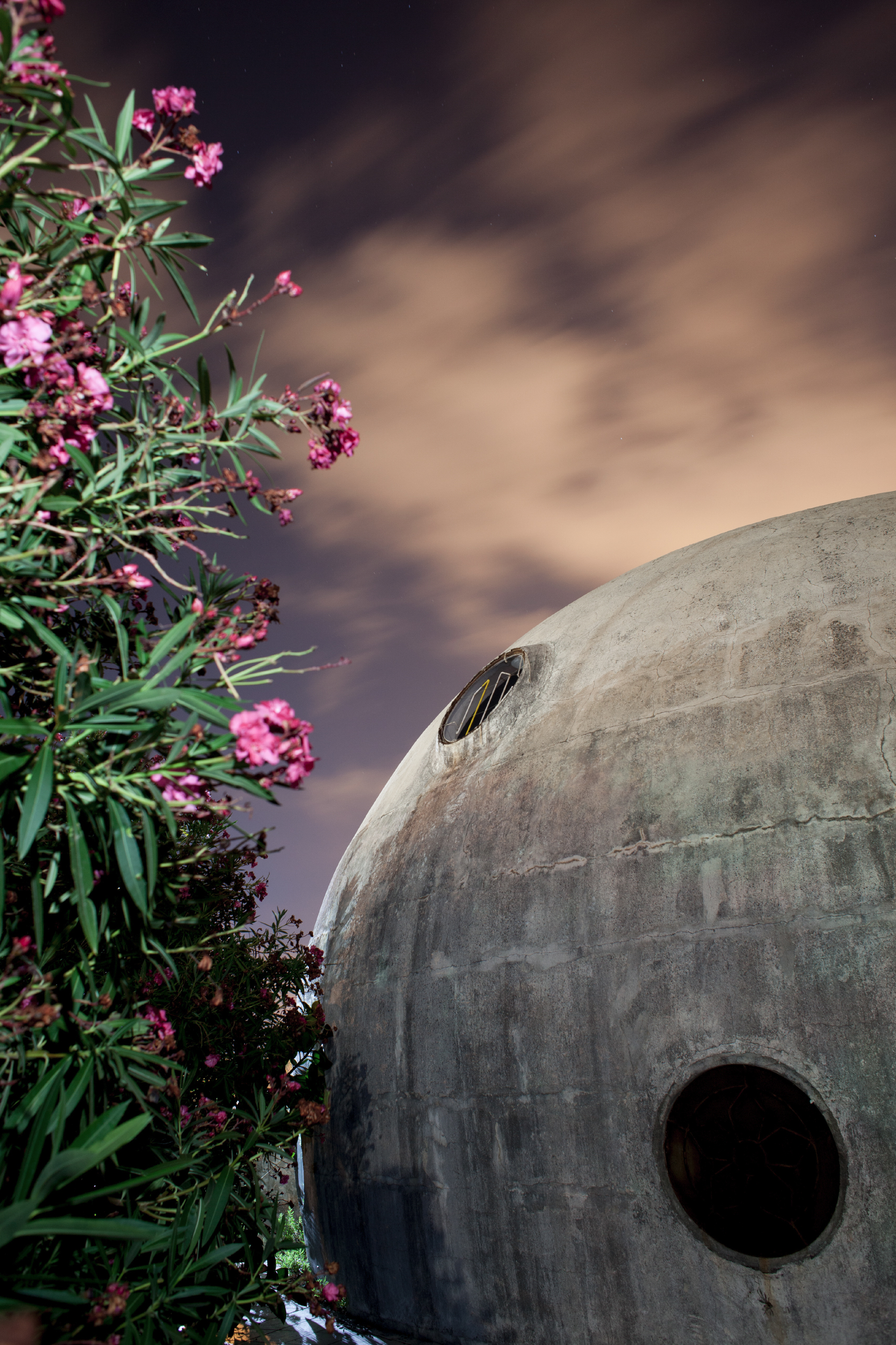
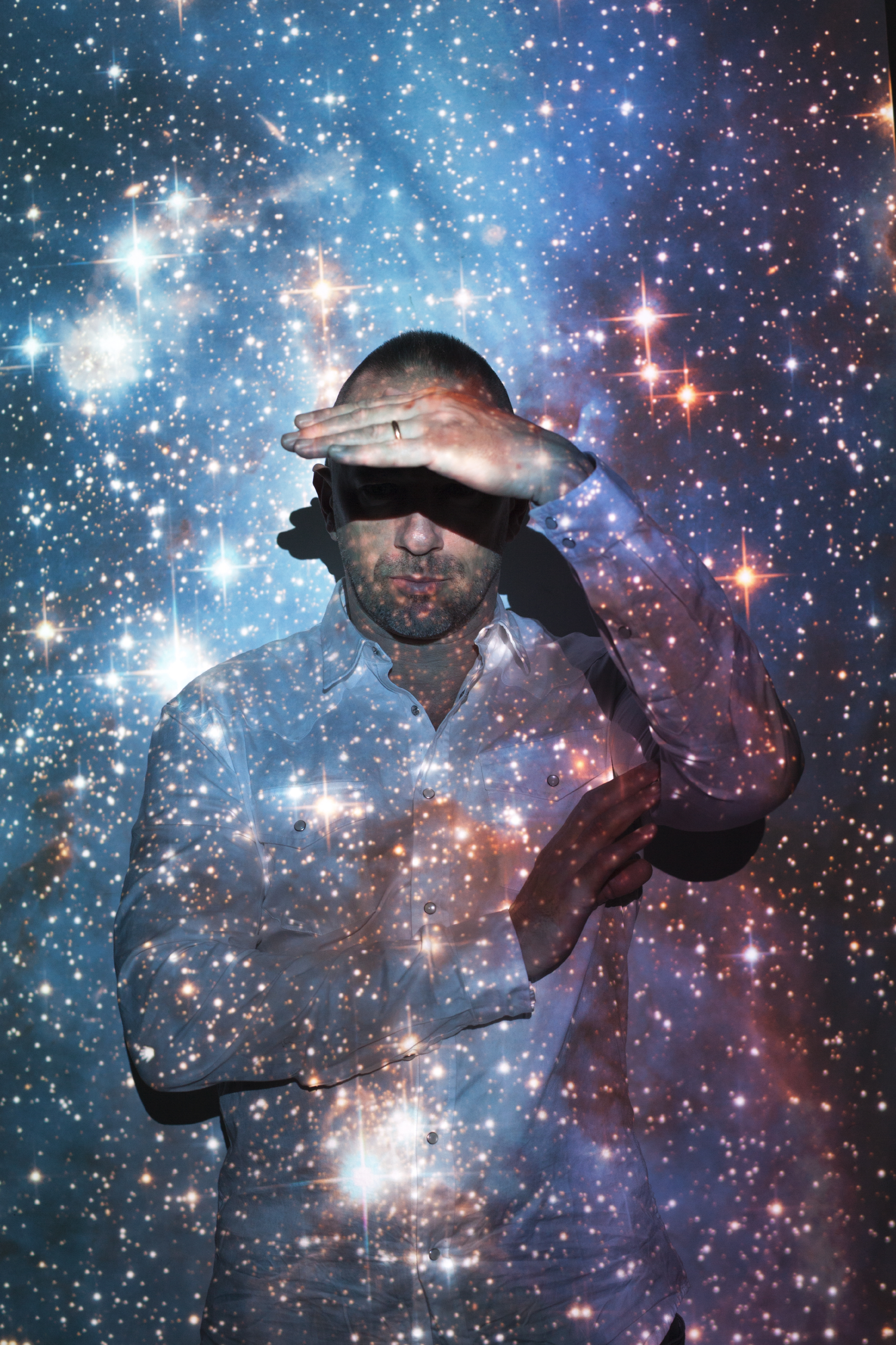


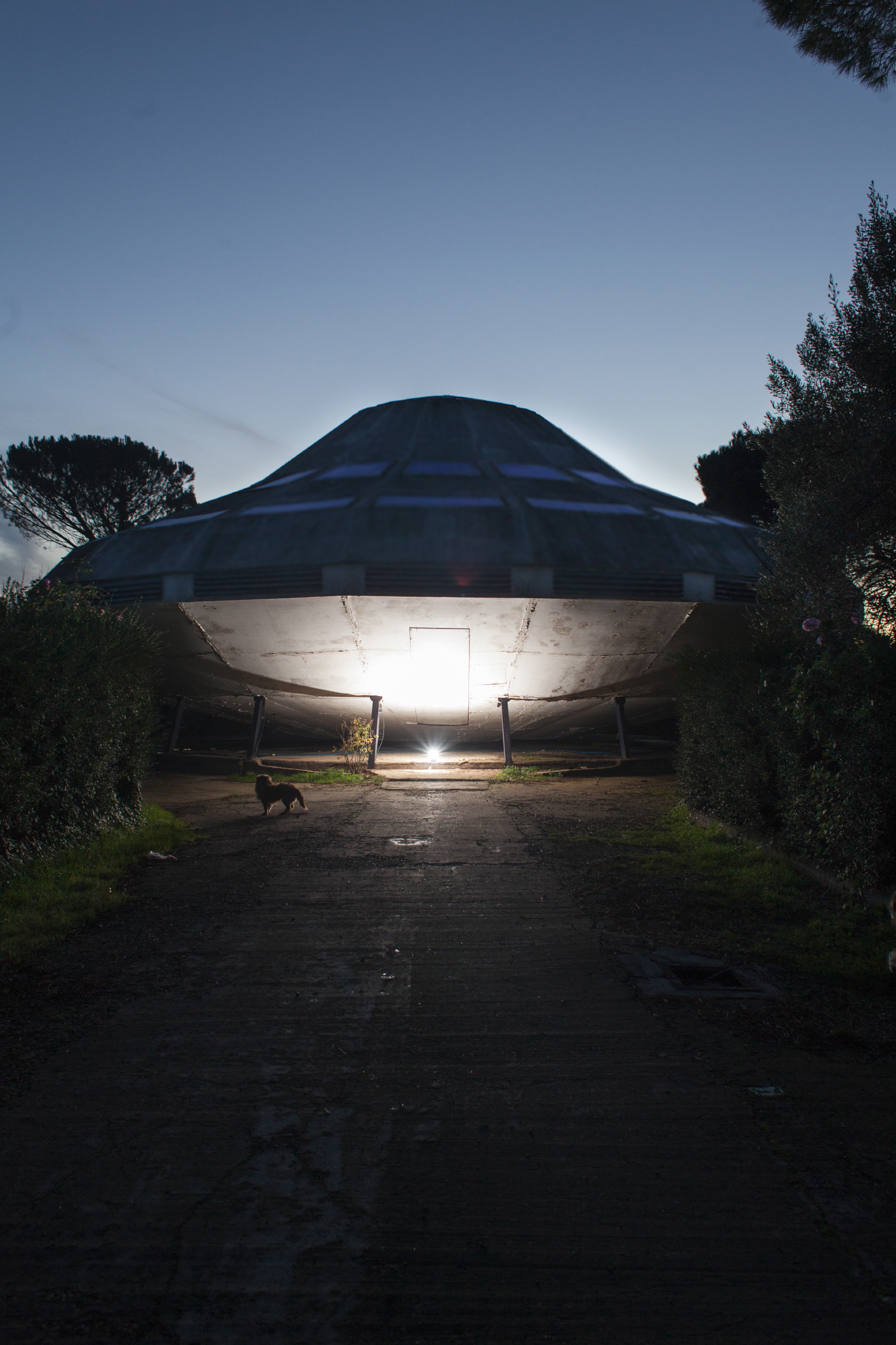


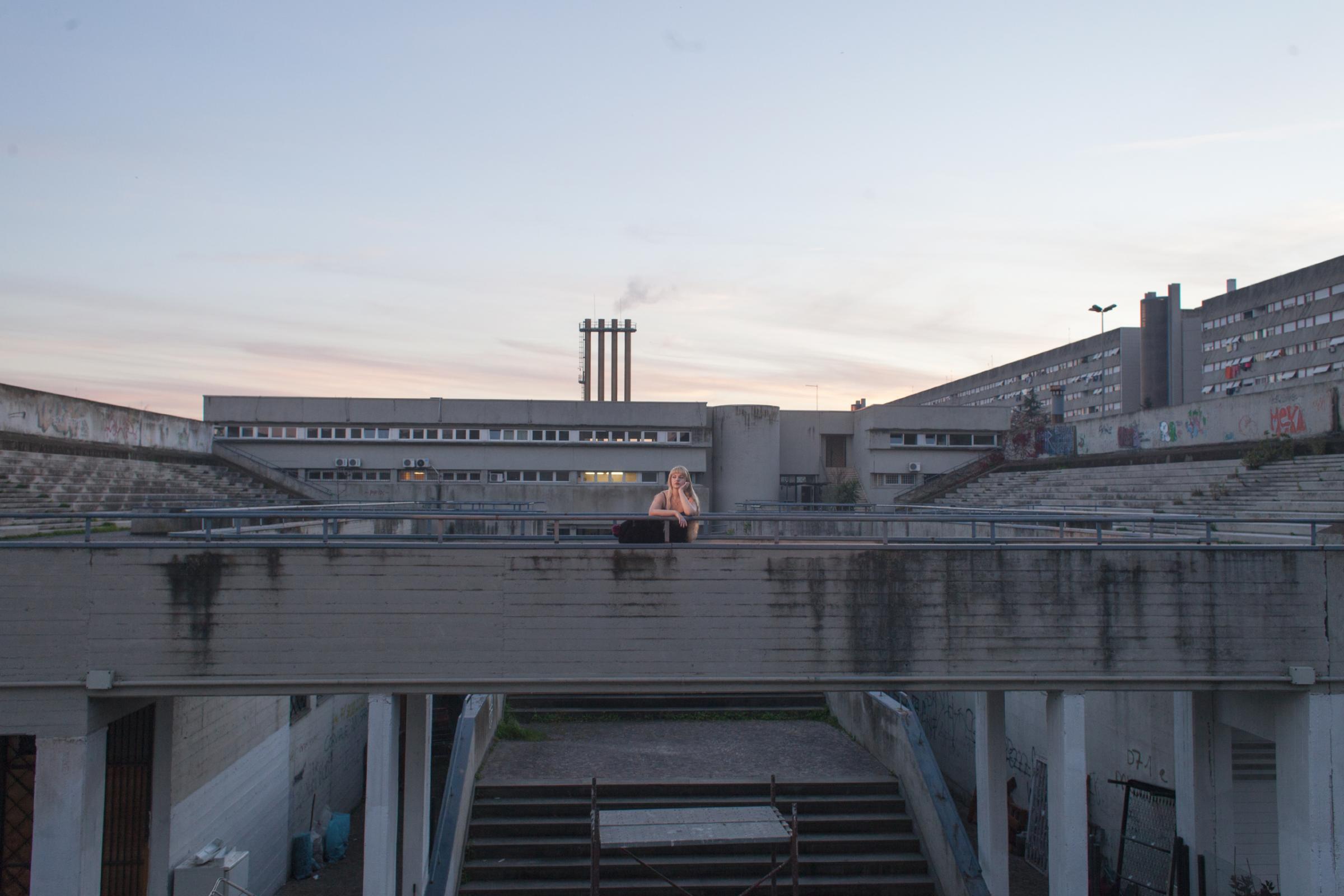
More Must-Reads from TIME
- Donald Trump Is TIME's 2024 Person of the Year
- Why We Chose Trump as Person of the Year
- Is Intermittent Fasting Good or Bad for You?
- The 100 Must-Read Books of 2024
- The 20 Best Christmas TV Episodes
- Column: If Optimism Feels Ridiculous Now, Try Hope
- The Future of Climate Action Is Trade Policy
- Merle Bombardieri Is Helping People Make the Baby Decision
Contact us at letters@time.com